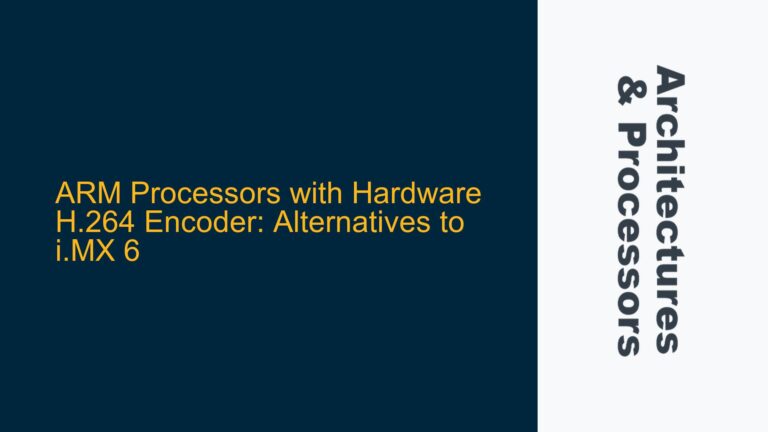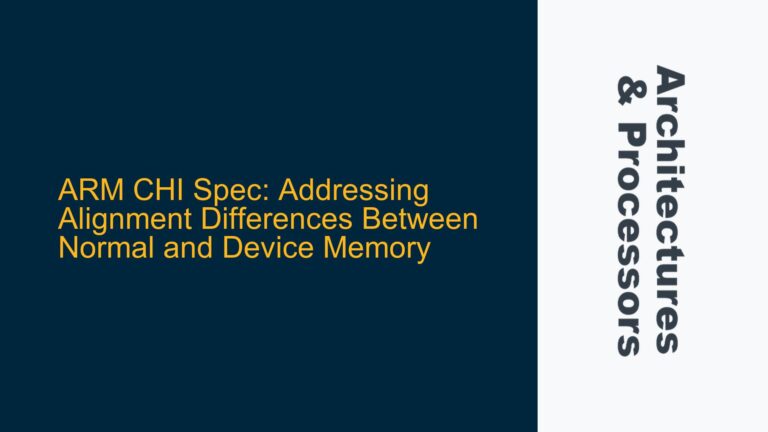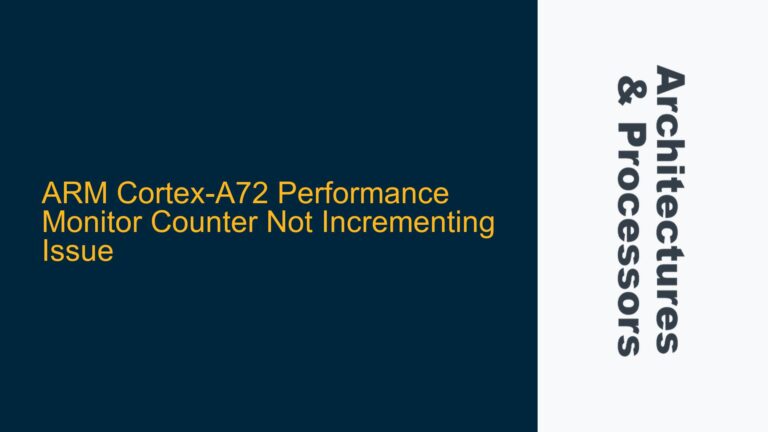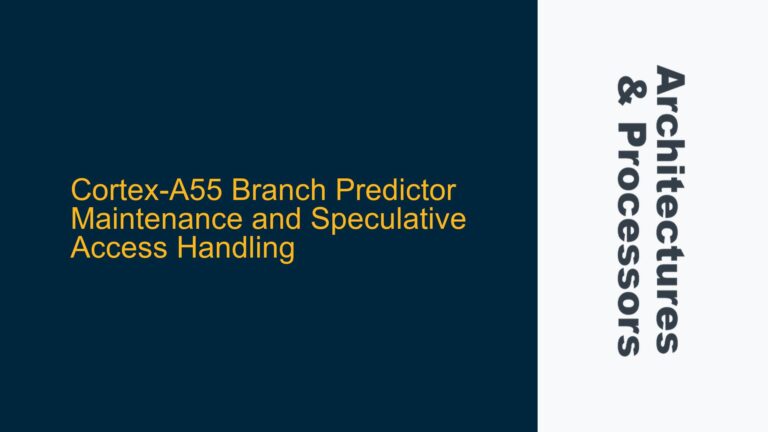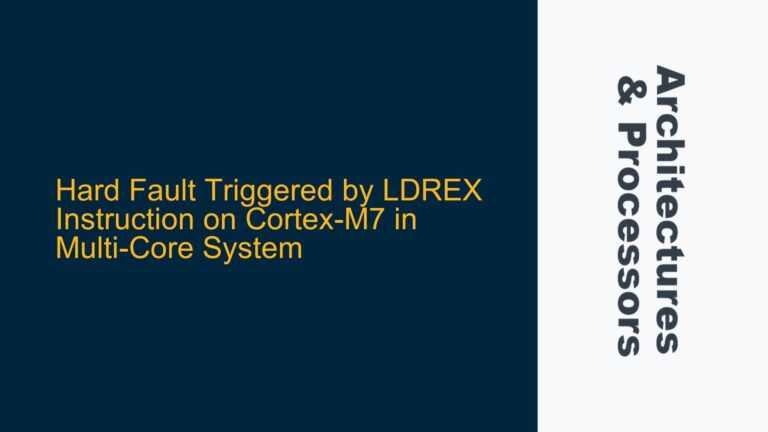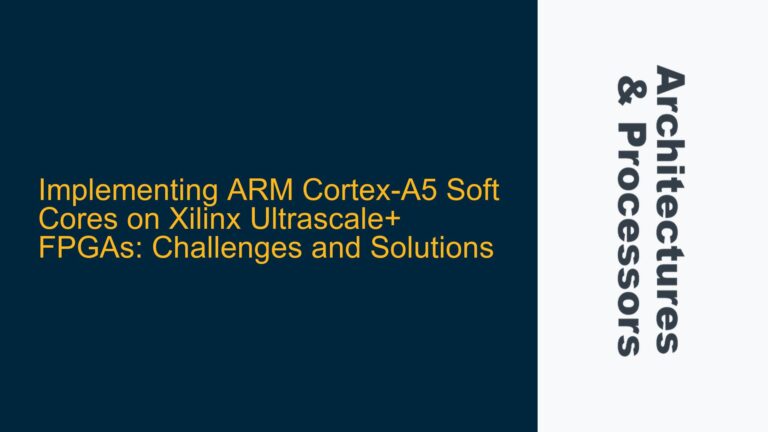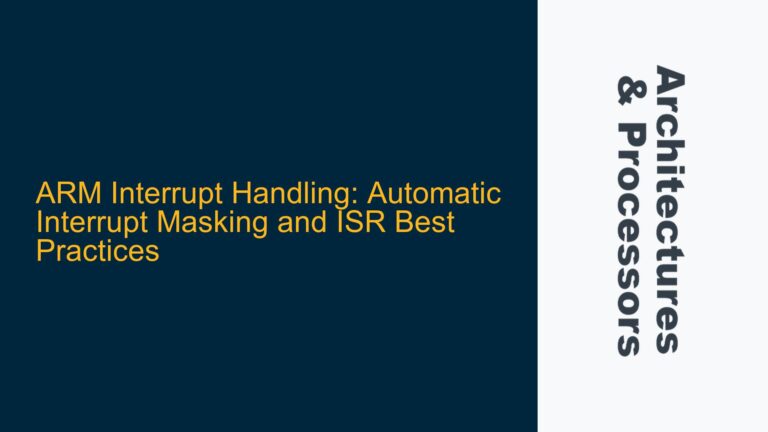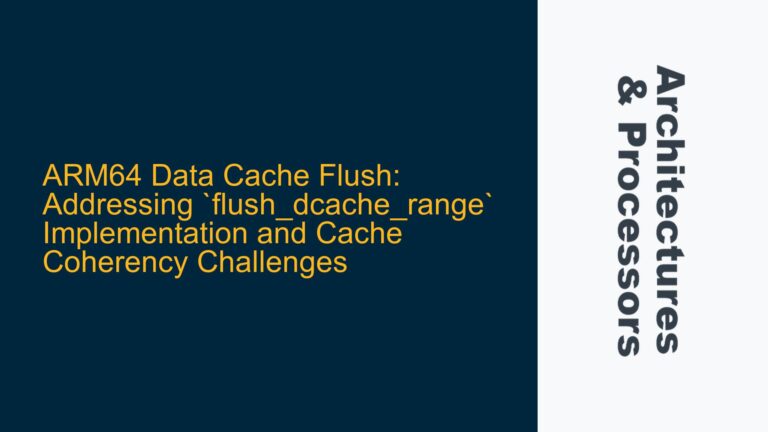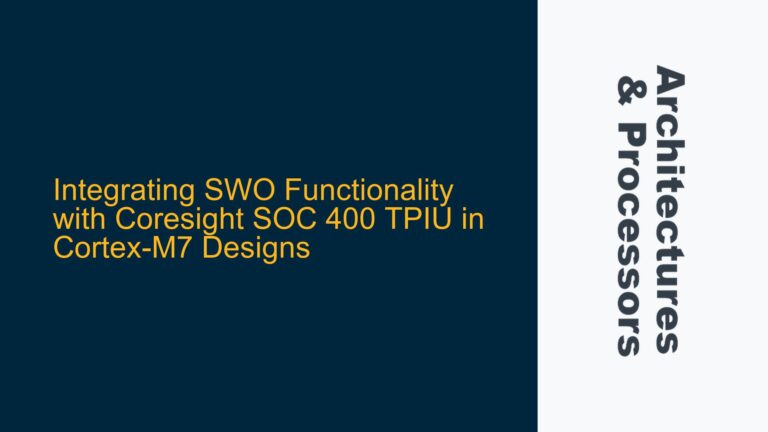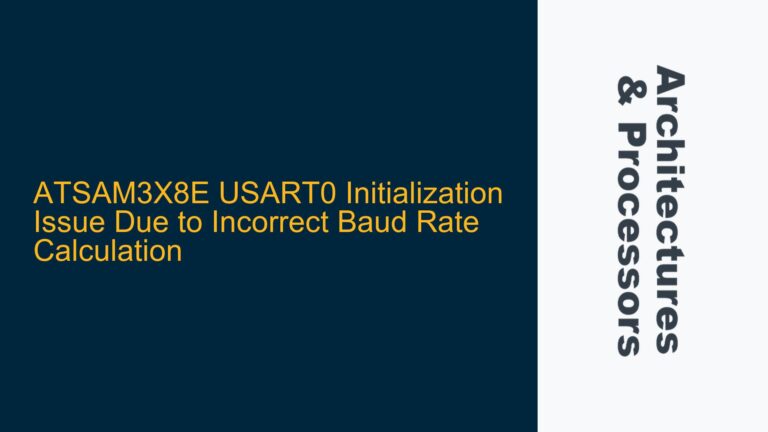ARM Processors with Hardware H.264 Encoder: Alternatives to i.MX 6
ARM Processors with Hardware H.264 Encoder: Identifying Suitable Replacements for i.MX 6 The i.MX 6 series has been a popular choice for embedded systems requiring hardware H.264 encoding capabilities. However, with the i.MX 6 reaching its end-of-life (EOL), developers and engineers are now seeking alternative ARM-based processors that offer similar or better performance, particularly in…
